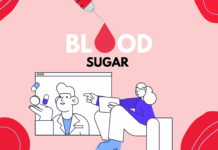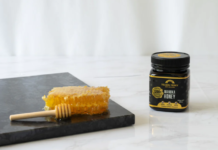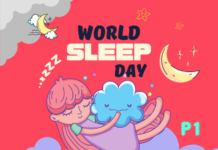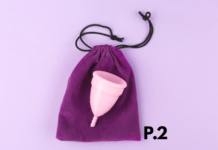In recent news, Governor Gavin Newsom signed the California Food Safety Act into law, which has sparked concerns and confusion regarding the potential ban of Skittles candies.
The new law prohibits the use of certain food additives, including those found in Skittles, bringing up questions about their availability and legality in California. In this article, we will delve into the details of the Skittles ban, what it entails, and whether or not Skittles are truly banned.
What Is the Skittles Ban?
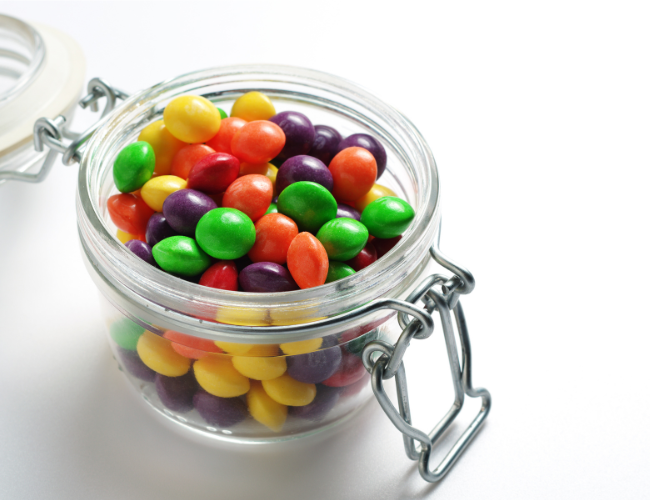
The California Food Safety Act, also known as Assembly Bill 418 or the “Skittles ban,” prohibits the use of four food additives: brominated vegetable oil, potassium bromate, propylparaben, and red dye No. 3.
These additives have been linked to various health concerns, such as cancer, thyroid issues, and reproductive problems. The bill aims to protect public health by eliminating these harmful ingredients from processed foods.
According to the text of the bill, “no person shall manufacture, sell, deliver, hold, or offer for sale any food that contains” the banned additives.
Violations of the law can result in fines up to $5,000 for a first offense and up to $10,000 for subsequent offenses. The act is set to go into effect on January 1, 2027.
What Are the Banned Additives and Why Are They Harmful?
Brominated vegetable oil (BVO) is a synthetic additive used to keep flavor oils in soft drinks from separating. It has been linked to neurological symptoms such as memory loss, tremors, and headaches.
Potassium bromate is a flour improver that strengthens dough and helps bread rise. However, studies have shown that it can cause cancer in animals and may be a potential human carcinogen.
Propylparaben is a preservative commonly used in cosmetics and personal care products, but it has also been found in some processed foods.
It has been linked to hormone disruption and reproductive toxicity. Lastly, red dye No. 3, a synthetic coloring agent, has been linked to tumors in animal studies.
The ingredients called out in the new law all have questionable safety profiles, Benesh says. “The Food and Drug Administration banned many uses of red dye No. 3 in 1990, including in cosmetics, citing studies showing that very high doses of this dye can cause cancer. But the FDA failed to ban red dye No. 3 in food.” (Some studies have also linked red dye No.3 to hyperactivity and decreased attention spans in kids.)
How Will the Skittles Ban Impact the Food Industry?
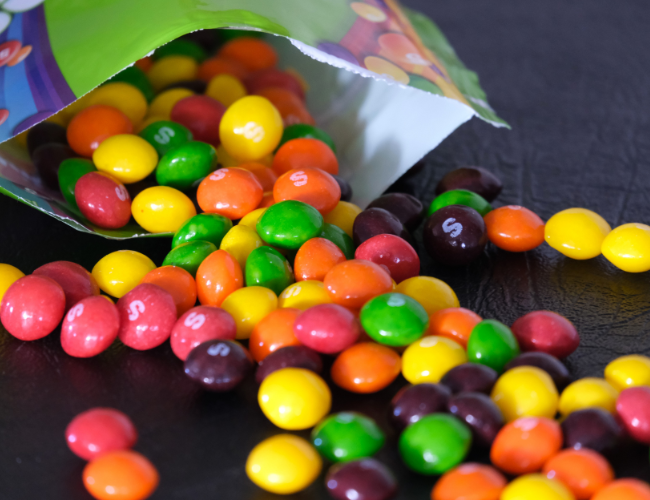
The Skittles ban will affect a wide range of processed foods, including cereals, soft drinks, and candies. Companies will need to reformulate their products to comply with the new law, which may result in changes to taste, texture, and appearance.
Some companies have already started removing the banned additives from their products, such as Kellogg’s and Coca-Cola. However, others may struggle to find suitable replacements, especially for additives that are crucial to the product’s functionality.
Moreover, the Skittles ban could set a precedent for other states to adopt similar regulations, potentially leading to nationwide changes in the food industry.
The ban highlights the growing concern over the use of synthetic additives in processed foods and the need for stricter regulations to protect public health.
Are Skittles Banned in California?
Despite the name “Skittles ban,” Skittles are not actually banned in California. The confusion stems from the fact that Skittles contain one of the banned additives: BVO.
However, Mars Wrigley, the company that produces Skittles, announced in 2015 that they would be removing BVO from their products worldwide. As of 2021, Skittles no longer contain BVO, making them compliant with the California Food Safety Act.
Why Did Skittles Contain BVO in the First Place?
BVO was first added to citrus-flavored soft drinks in the 1930s to keep the flavor oils from separating. When Mars Wrigley acquired Skittles in 2008, they inherited the use of BVO in the candy’s coating.
However, as concerns grew regarding its safety, Mars Wrigley decided to remove the additive and explore alternative ingredients.
How Do Skittles Fare in Terms of Other Additives?
Skittles do contain other additives that are not banned under the California Food Safety Act. These include confectioner’s glaze, which gives the candy a glossy finish, and Yellow 5 and Blue 1, synthetic dyes that give the candy its vibrant colors.
While these additives have been deemed safe for consumption by regulatory agencies, some studies have linked them to hyperactivity in children and other health concerns. As with all processed foods, it is important to consume Skittles in moderation and be aware of their ingredients.
What Will Happen to Skittles in 2027?
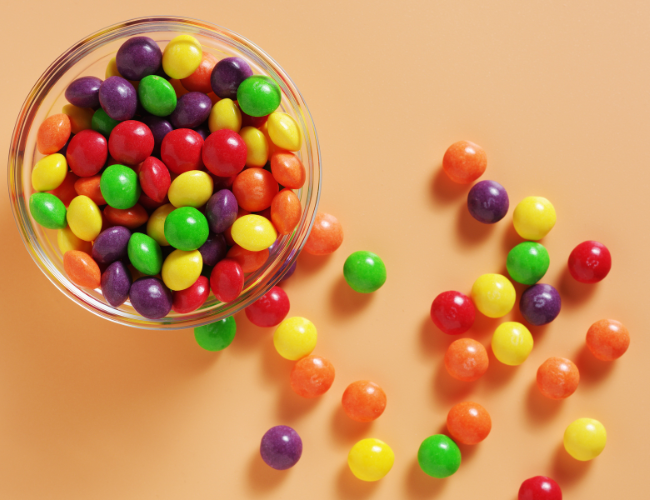
As mentioned earlier, Skittles are currently compliant with the California Food Safety Act since BVO has been removed from their ingredient list. However, if any of the other banned additives are found in Skittles or if Mars Wrigley decides to add them back in, the candy would be in violation of the new law.
It is important to note that Skittles are not the only product affected by the Skittles ban. As previously mentioned, many other processed foods contain the banned additives and will need to be reformulated to comply with the new law. This may result in changes to the taste, texture, and appearance of these foods.
Conclusion
The California Food Safety Act, or the “Skittles ban,” aims to eliminate harmful food additives from processed foods to protect public health. The ban prohibits the use of four additives: brominated vegetable oil, potassium bromate, propylparaben, and red dye No. 3.
While Skittles have been at the center of the discussion surrounding the new law, they are not actually banned in California since they no longer contain the banned additive BVO. However, the ban will still impact a wide range of processed foods, and companies will need to reformulate their products to comply with the new regulations.
As consumers, it is important to be aware of the ingredients in the foods we consume and their potential health risks. While regulatory agencies can help ensure the safety of our food supply, it ultimately falls on us to make informed choices about what we eat.
By understanding the Skittles ban and its implications, we can take steps towards a healthier future for ourselves and our communities.

